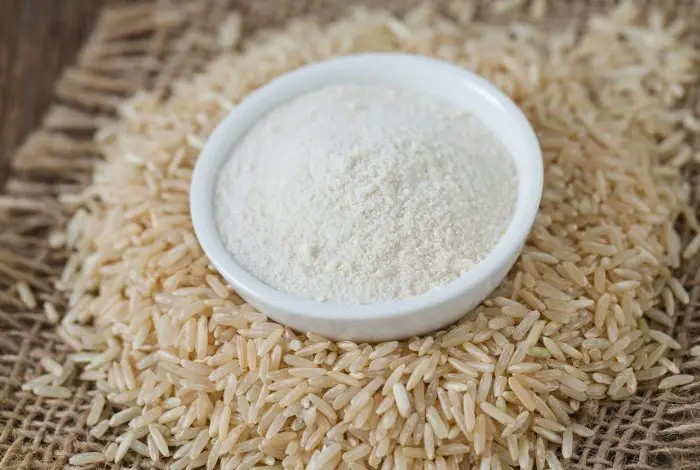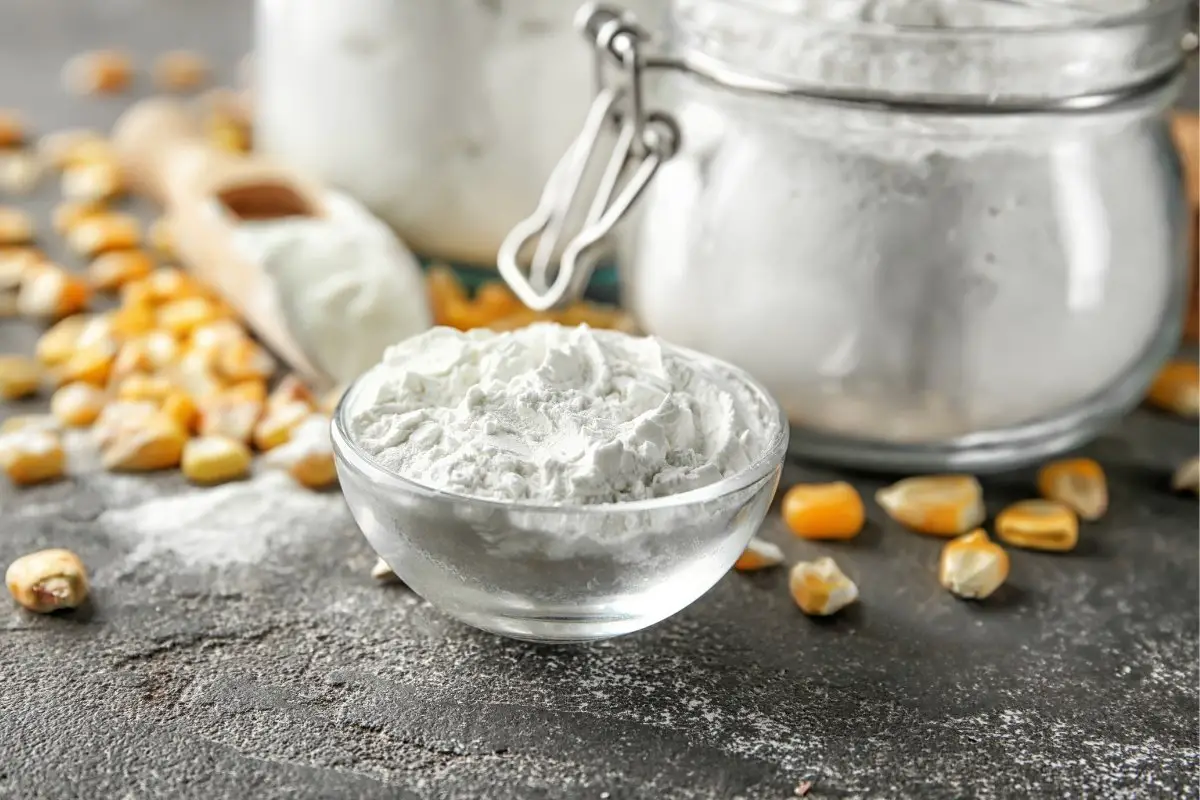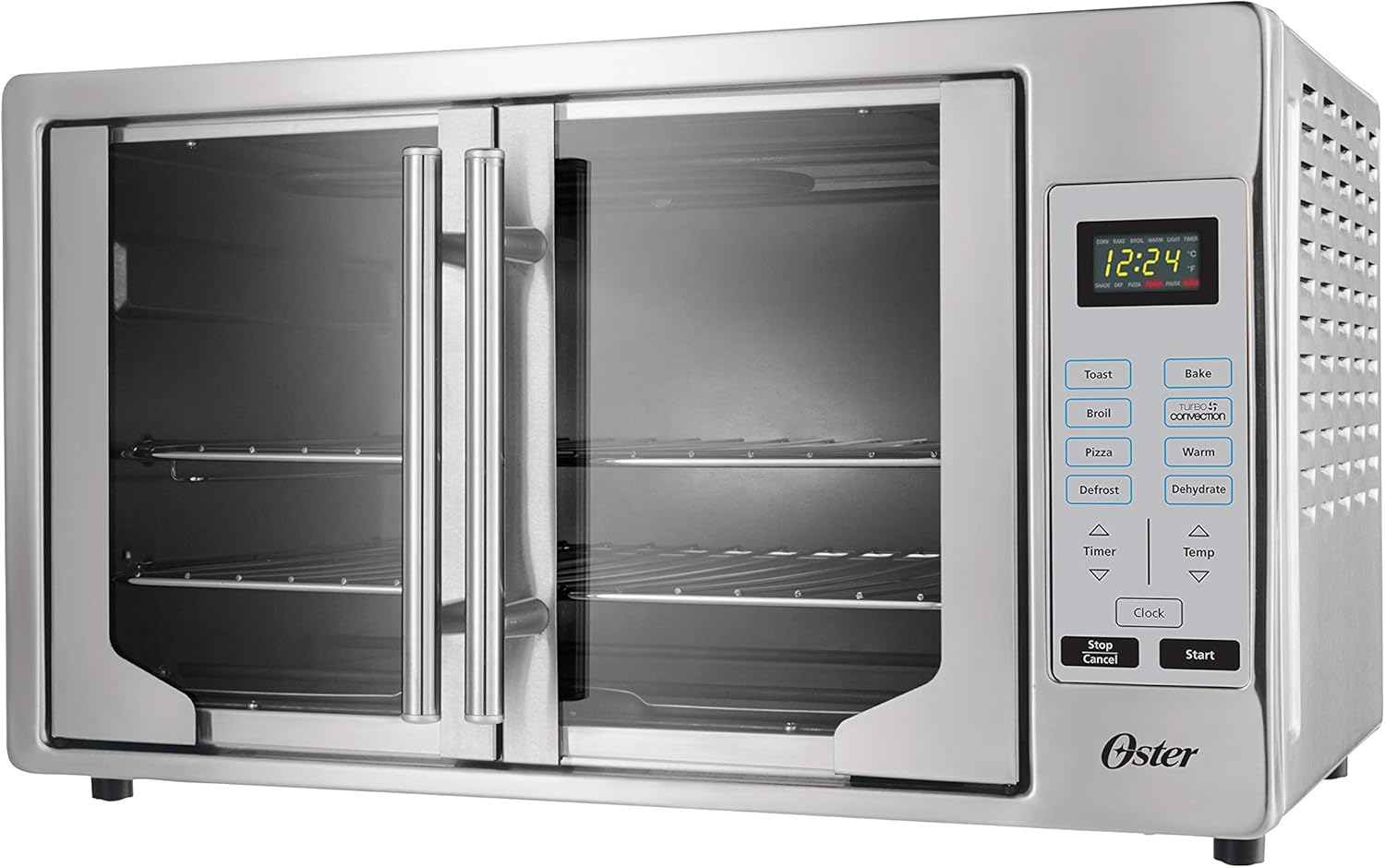Last Updated on November 28, 2020
Cornstarch has many advantages and is generally used in baking. However, how to substitute a variety of types of flour for cornstarch? Cornstarch is extracted from corn kernels. It is done by removing all of their outer germ and bran. As a result, leaving behind the starch-rich endosperm. Since it is a pure starch when it is heated, it is great at absorbing fluid.
Flour as a Substitute for Cornstarch
Flour is any powder from wheat, seeds, nuts, and grains. On the other hand, cornstarch is a fine, white powder. Essentially, flour is the main ingredient in baked goods, whereas cornstarch does not make cakes and cookies. Although, it is needed in a few shortbread recipes. It is due to cornstarch consisting of only starch and nothing else, unlike all-purpose, including fiber, protein, and starch.
Essentially, many thickeners have various nutritional properties than cornstarch that suits different dietary preferences. For instance, a low-carb diet or adding a bit of extra fiber in your baked goods. There are alternative thickeners to consider, especially when you run out of cornstarch at home or if it is unavailable at your local groceries.
Arrowroot Flour
Usually, arrowroot is preferred over cornstarch since it is rich in fiber. Also, it is gluten-free, so it is appropriate for individuals who have celiac disease. In addition to that, it turns into a clear gel when it is combined with water, so it is perfect for thickening liquids.
Arrowroot is a starchy flour produced from the Maranta genus of plants, commonly found in tropical places. The roots of the plants are dried then ground into a fine powder. When using this type of flour, use the same amount of cornstarch to obtain comparable results. However, it requires more cooking time than cornstarch.
Rice Flour
Rice flour is naturally gluten-free and is a powder produced from finely ground rice. It is widely used in Asian culture desserts. Likewise, it acts as a great thickener in recipes. For that reason, making it an effective alternative for cornstarch. Also, it is colorless when combined with water, which is convenient for clear thickening liquids. Unlike arrowroot flour, it is suggested that you use twice as much rice flour as cornstarch to achieve similar results.

All-purpose Flour
Most likely, all-purpose flour is commonly found in your pantry. It is a fine thickener. However, it must not be treated the same as cornstarch. Though all-purpose flour and cornstarch can thicken pie fillings and are considerably used in baking, both can adjust the baked goods’ texture.
Cornstarch is mainly used together with flour to soften the flour. As a result, it creates lovely crumbs without the baked goods entirely falling apart. All-purpose flour is usually the go-to dry ingredient in most baking. Meanwhile, cornstarch is commonly used to make baked goods gluten-free. Likewise, both of them absorb liquid in various quantities.
What Is The Best Substitute For Cornstarch In Baked Goods?
Cornstarch provides a melt-in-your-mouth tenderness and crumbly texture to baked goods. All-purpose flour is a good substitute. However, the texture will not be as wonderful. At the same time, rice flour is a great substitute in cookie recipes. Cornstarch and flour go well as substitutes for one another, although they differ in their baking uses. It all relies on how you want the baked goods to turn out, so do not be afraid to test arrowroot flour, rice flour, and all-purpose flour as substitutes for cornstarch.
Read more about Cornstarch VS. Flour- How To Thicken Pie Filling
Oster French Convection Countertop and Toaster Oven
Cornstarch Substitute
Fruit Pie Filling: Arrowroot flour
Arrowroot is a good substitute for cooked dishes that plans to be frozen. However, it is not recommendable for dairy-based recipes since it tends to be slimy. Also, it is a gluten-free alternative for cornstarch.
In a large bowl, take one tablespoon of arrowroot flour to replace one tablespoon of cornstarch. Arrowroot takes longer to cook than cornstarch.
Baked Goods: Rice flour
Rice flour is especially for shortbreads and cookies as it tenderizes the final product.
In a bowl, place two tablespoons of rice flour for every one tablespoon of cornstarch.
Baked Goods: All-purpose flour
All-purpose flour is a great thickener. However, it will not result in the same glossy shine that cornstarch makes.
- Set your frying pan to low-medium heat, then add two tablespoons of oil.
- Add three tablespoons of flour as a replacement of 1 tablespoon of cornstarch.
- Continuously whisk the flour until the consistency is thick; whisk until roux gently forms bubbles and has the desired shade.

Learn Tips On How To Thicken Caramel Sauce

Zarah is an experienced pastry chef whose creations have delighted countless customers. With a passion for baking, Zarah has developed a unique style that combines classic techniques with modern flavors. Her desserts are consistently crafted with the finest ingredients, and her attention to detail is evident in the stunning and delectable results. Zarah has a wealth of experience in the pastry kitchen, and loves to share her knowledge with others. Whether it is teaching a class or creating a custom cake for a special occasion, Zarah is committed to making sure every customer is satisfied.

